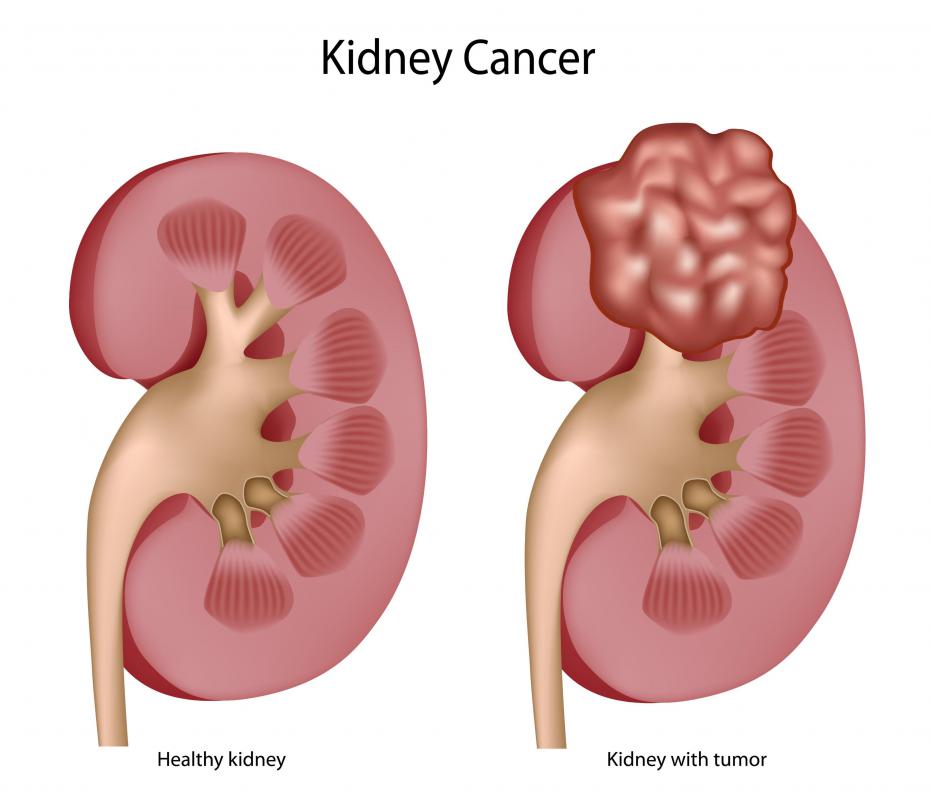At WiseGEEK, we're committed to delivering accurate, trustworthy information. Our expert-authored content is rigorously fact-checked and sourced from credible authorities. Discover how we uphold the highest standards in providing you with reliable knowledge.
What are the Different Types of Cancer Ablation?
Cancer ablation therapy is a minimally invasive procedure that involves the insertion of a needle into a cancerous tumor and injecting gas, energy waves, or chemicals directly into the tumor. The hot or cold temperature changes caused by these factors destroy the tumor, and the unwanted tumor cells eventually turn into scar tissue. Cancer ablation treatment is recommended for people that are not good candidates for either chemotherapy or surgery. The four main types of cancer ablation available are radiofrequency ablation (RFA), microwave ablation, cryoablation, and percutaneous ethanol instillation.
RFA is mostly used for small liver, lung, or kidney tumors. During the procedure, the patient is put under a light sedation through an intravenous (IV) solution. Then the physician will use an ultrasound or computer tomography (CT) machine to mark the precise location of the tumor. Radio waves are sent to the tumor through a needle inserted into the skin, and heat is produced from the vibration of the tumor molecules, killing the tumor cells. There are usually no complications, and most people return to their normal daily activities the day after treatment.

Microwave ablation is the newest procedure developed in thermal cancer ablation treatment. It can be used to treat some adrenal, bone, liver and lung cancers. The initial treatment process is the same as RFA, except much more powerful microwave energy is sent through the needle into the tumor. Microwave energy causes the water molecules inside the tumor to move rapidly, causing the tumor’s temperature to increase, resulting in the destruction of the cancerous cells. People who receive microwave ablation are usually able to go home the following day.

Cryoablation is most commonly used for patients with kidney or bone cancers. If the patient is a good candidate, which is dependent on the exact location and size of the tumor, the cryoablation procedure can help preserve most of the kidney or bone while destroying the cancer cells. During the procedure, compressed nitrogen is sent through the opening of the needle and into the tumor. The gas turns into microscopic pieces of ice and freezes the cancerous cells that it encounters, causing the tumor to shrink and die. Most patients can return home safely the next day.
Liver tumors are treated with some success by percutaneous ethanol instillation. The percutaneous ethanol method requires the injection of ethanol into the tumor. Ethanol alcohol lowers the temperature of the tumor cell and destroys the outer cell membrane, causing the tumor to die off rapidly. This cancer ablation procedure may cause unconsciousness, respiratory problems, or seizures in some patients, and is usually the last of the thermal ablation methods selected for treatment.
AS FEATURED ON:
AS FEATURED ON:












Discuss this Article
Post your comments